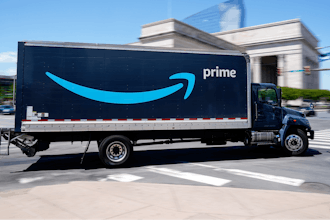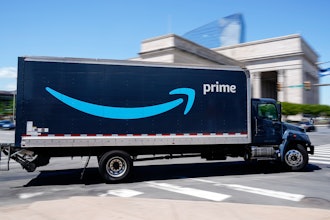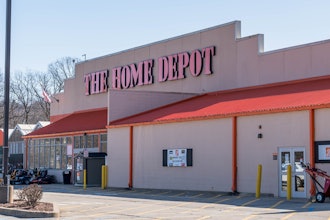In today’s age of technology-driven consumerism, there’s a lot of things to complain about. Even though technology is being used to make our lives easier overall, the argument can be made that it’s simultaneously creating an almost equal amount of problems.
E-commerce is a prime example. It’s allowed us all to find and receive products we want faster than ever, but ever since online ordering really started ramping up a decade ago, it’s also led to a constant stream of issues related to returning faulty products, getting appropriate customer service, products being lost, and other issues.
This is evident in new data analysis from The Seattle Times that shows that electronic shopping was the state of Washington’s top source of consumer complaints in 2019, marking the first year that category has been the top gripe-getter. Online shopping comprised 1,134 Washington consumer complaints last year, ahead of perennial complaint sources of Auto Sales, Broadband Providers, Telecommunications and Retail sales.
Washington Attorney General Office division chief Shannon Smith told the Seattle Times that this milestone is one she and her colleagues saw coming for a while, saying, “As e-commerce becomes more and more ubiquitous, we’re receiving more complaints about it. It doesn’t at all surprise me that (e-commerce is) now on top of the list."
Looking back earlier in the decade, you can really get an idea of the growth of e-commerce complaints. In 2013, electronic shopping had only 713 complaints to the Washington Attorney General’s office, which was less than 4 percent of the total and 59 percent less overall than in 2019. In that span, e-commerce grew from less than 6 percent of total US retail sales to 11.2 percent in the third quarter of 2019, according to the Department of Commerce.
Online shopping complaints certainly aren’t specific to the state of Washington, the home of Amazon. In 2017, online retailers became the Better Business Bureau’s top source of complaints, and did again in 2018.
Of online shopping’s 1,134 complaints in Washington last year, Amazon was responsible of 409 of them — eight times as many as the next e-commerce provider. EBay was third with 48 complaints. Over the seven years of data analyzed from 2013 to 2019, Amazon comprised about 26 percent of total e-commerce complaints at a total of 1,760 — trailing only Comcast and CenturyLink for the biggest complaint-getters.
What does this have to do with industrial distribution?
It’s no secret that the industrial supply space is slower than most industries to get on board with technology trends, and that’s very true with e-commerce. ID’s 2019 Survey of Distributor Operations found that only 64 percent of respondents offer online product ordering — meaning that more than one-third don’t offer e-commerce.
One of the reasons many small and mid-sized distributors cite for not getting on board with e-commerce is because it could disrupt the face-to-face and personalized relationships relied on that makes their business a success. And while the broader data behind industrial e-commerce still says it would be wise for distributors to implement e-commerce or get left behind, the latest news about e-commerce complaints gives those remaining companies more fuel to say, “hey, maybe we just don’t want to deal with that stuff.”






















